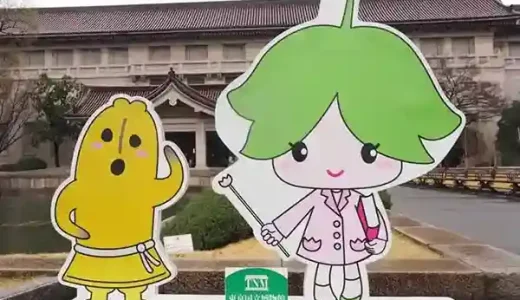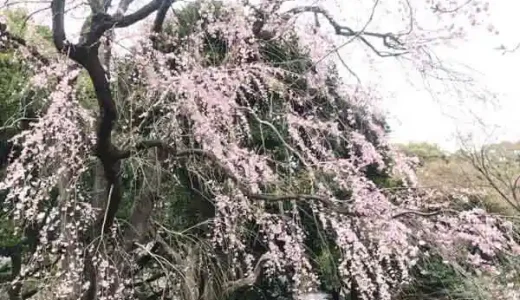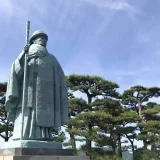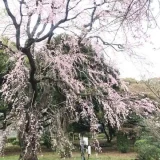If you’re planning a trip to Tokyo, visit the Tokyo National Museum in Ueno. The museum has a fantastic collection of masterful art and archaeological artifacts, including many national treasures. In addition to the exhibits, there are several other ways to enjoy the museum. Take a break in one of the rest areas and check out the store that sells museum-themed items.
Tokyo National Museum
It’s just an 8-minute walk to the Tokyo National Museum from the JR Ueno Station Park Exit. Ueno Park is right in front of the station, so enter the park and turn right at the National Museum of Western Art on your right. Keep walking straight until you see the majestic building.
Honkan (Japanese Gallery)
The building you’ll see is the Honkan (Japanese Gallery) of the Tokyo National Museum. It’s a Japanese-style building that was completed in 1938 and has a tiled roof. It’s also been designated an Important Cultural Property.
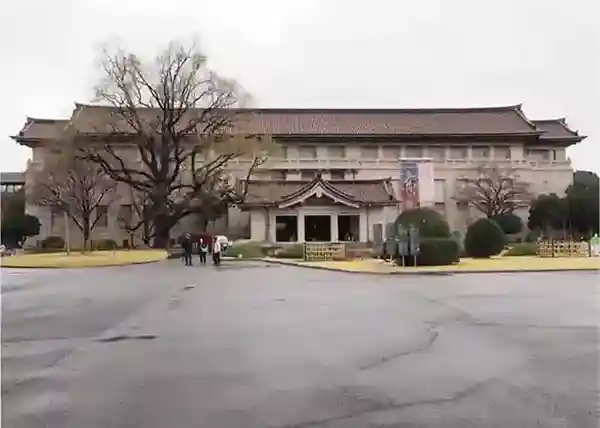
Hyokeikan
The Hyokeikan is on the left as you enter the museum grounds. It was built in 1909 to commemorate the wedding of the Taisho crown prince. “Hyokei” means “to express congratulations.”
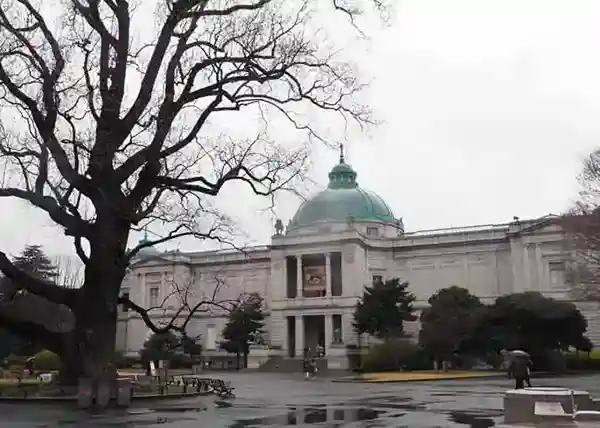
On the day of our visit, the special exhibition “The Arabian Way: Treasures of the Kingdom of Saudi Arabia” was being held. The Hyokeikan is usually closed to the public, so it was a rare opportunity to see the inside.

Two bronze lions were standing at the entrance.
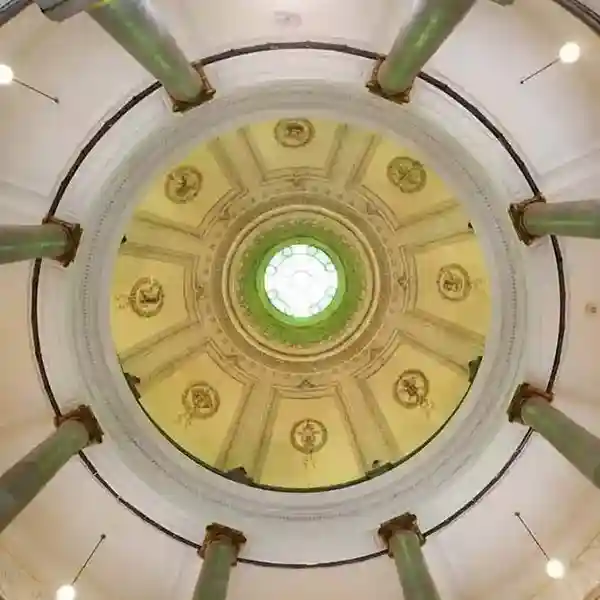
The ceiling of the entrance was quaintly designed. In 1978, the building was designated an Important Cultural Property as a representative example of the Western architecture of the late Meiji period.
The Japanese Archaeology Gallery at the Heiseikan
As I entered the Japanese Archaeology Gallery, I was greeted by a beautifully dressed female haniwa (terra-cotta tomb figurine).
Woman in full dress Haniwa
This haniwa is a rare full-length standing female figure. The costume is more elaborate than it appears. Her hair is combed and adorned with a headband, and she is dressed in earrings, a necklace, and bracelets.
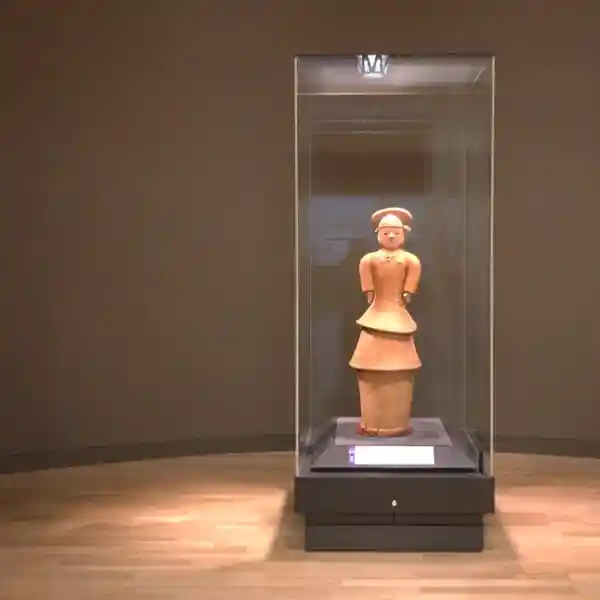
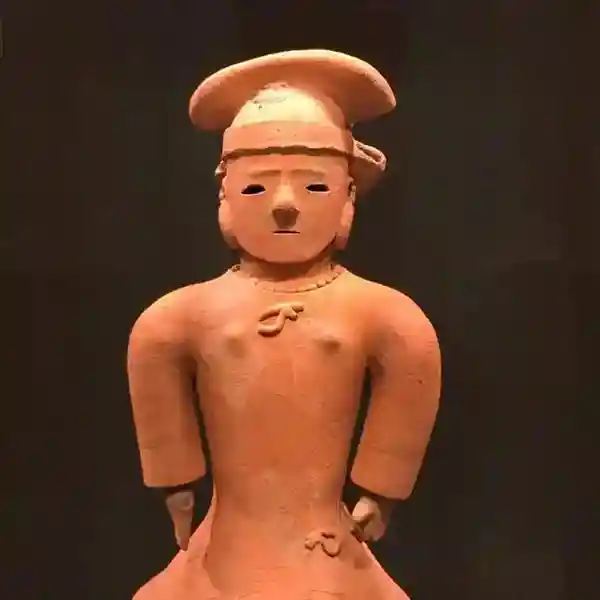
It is uncommon to see a haniwa with such a splendid costume, and it is thought to depict a woman of high rank.
Shakokidogu
On display in the exhibition room was a clay figurine known as Shakokidogu. This alien-like figure has large eyes that appear to be wearing glasses, which is why it is named after “Shakoki,” the Inuit term for snow goggles.

This Dogu is missing its left leg. It’s uncommon to find a complete clay figurine during an excavation. The Jomon people believed that destroying the parts of the Dogu that matched the disease would cure it.
In addition to Haniwa and Dogu figurines, the exhibition room also features Jomon and Yayoi pottery. Visitors can see artifacts that they may have only seen in textbooks before.
Museum Shop
The museum store was located on the first floor of the museum’s main building. In this photo, you can see the mascot of the Tokyo National Museum’s official character, “Tohaku-Kun.” Tohaku-Kun was inspired by the “dancing Haniwa” clay figurine excavated in Kumagaya City, Saitama Prefecture. The “Tohaku-Kun” merchandise included socks, necklaces, bags, mittens, earpicks, and band-aids.
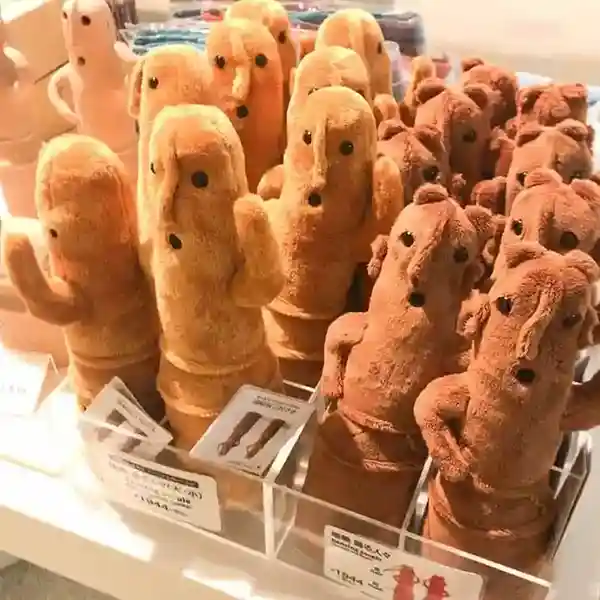
I bought postcards of “dancing Haniwa” and “Shakokidogu.”
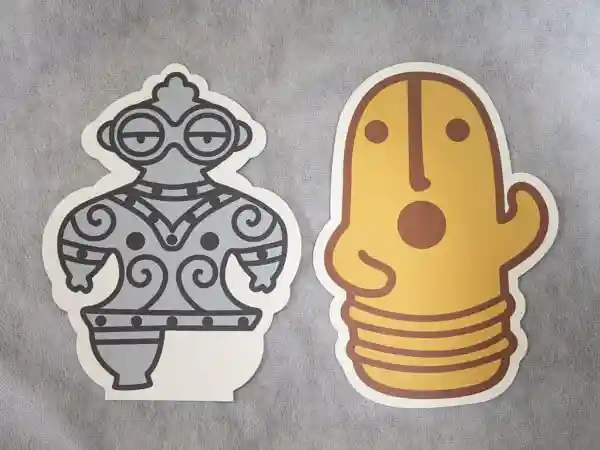
The shop also had postcards, stationery, T-shirts, accessories, and snacks designed based on national treasures and famous paintings.

The store sold around 4,500 books on art, archaeology, and history. The bookshelves were lined with beautiful books on art and archaeology, reaching up to the ceiling. They also had a collection of exhibition catalogs that weren’t available in regular bookstores. I was so engrossed in looking at the bookshelves that time flew by. If you’re interested in art and archaeology, it’s worth visiting the museum.
Space to spend freely
Tokyo National Museum has benches and sofas for visitors to use.
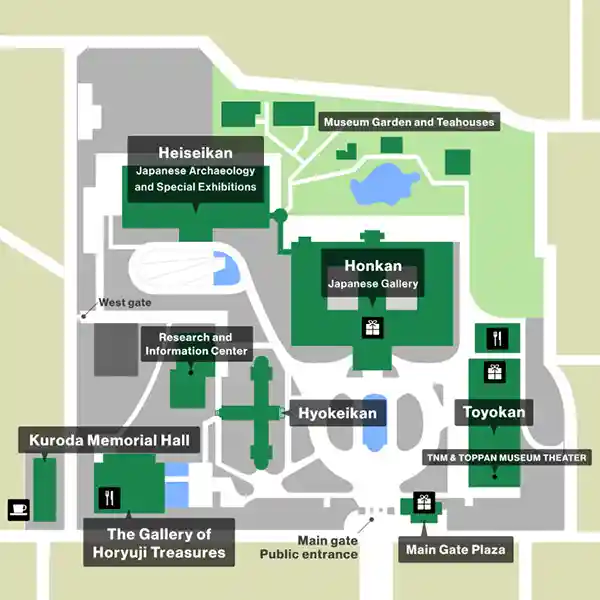
Lounge between Heiseikan and Honkan
In front of you is a garden with tea houses scattered around a pond. It’s a cozy space where you can relax on a sofa while enjoying the view of the garden.
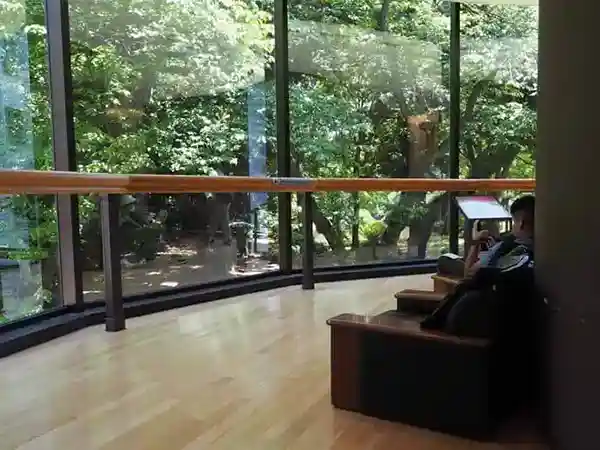
Many people are taking a nap here.
Horyuji Treasures
Armchairs were placed in the lounge on the first floor, with glass windows facing the garden providing a view of the garden and pond in front of the Horyuji Treasures. These armchairs were designed by Mario Bellini (1935-) of Italy.

The sofas were located on the second floor of the Horyuji Treasures, creating a calm atmosphere with dim lighting. Le Corbusier, a famous architect from the 20th century, designed them.
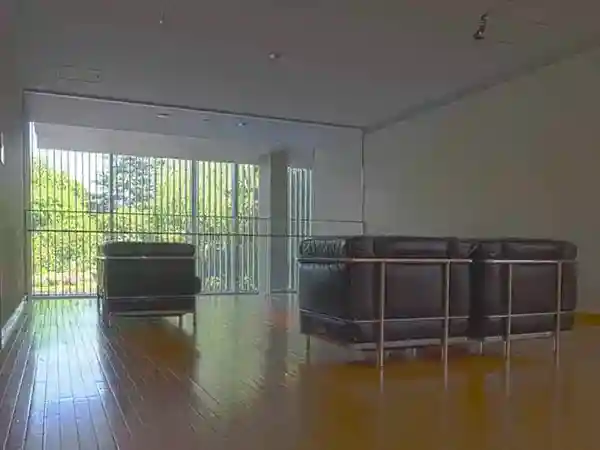
Outdoor tables and chairs
A table was placed on the left side of the museum’s main entrance.
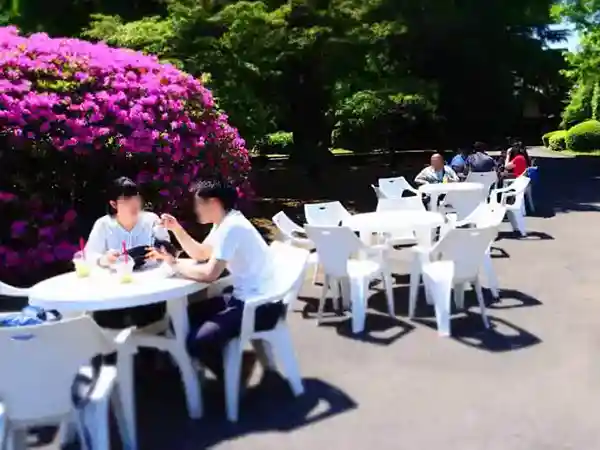
he beautiful weather made it the perfect day to have lunch outside, so the couple sat at the table and enjoyed their meal in the sunshine.
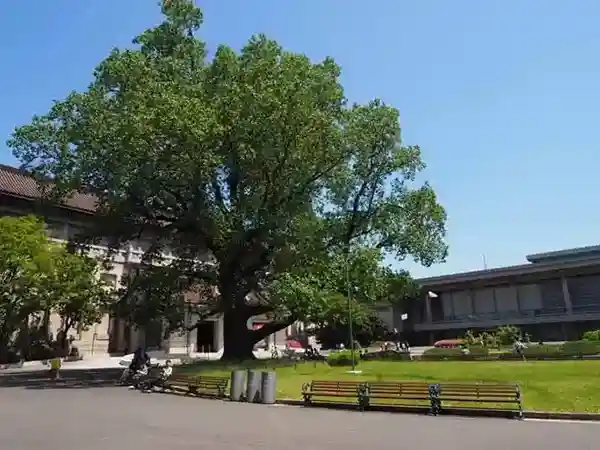
Wooden benches were also lined up in front of the museum’s Honkan building. When it gets warmer, I recommend taking a nap under the shade of the museum’s symbolic “lily tree.”





